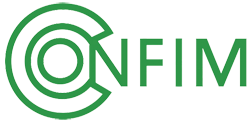UNI EN ISO 13688
The general requirements are regulated for ergonomics, aging, sizes and marking of protective clothing. Garments must be designed and manufactured bearer offering the highest degree of comfort. The components and materials used must not cause side effects to the user, such as allergies, irritation or injury. The range of sizes should be representative of the body measures.
UNI EN ISO 20471
The standard establishes the minimum requirements for high visibility clothing, able to visually signal the presence of the operator in any daylight condition or the headlights of darkness vehicles. The choice of high visibility clothing appropriate depends on the risk that the worker runs.
UNI EN ISO 11611
Protective clothing certified with this standard provide protection to the wearer regarding molten metal splashes and brief contact with flames. The certificates heads with this standard can be used in welding processes and alloys. The garments are tested to withstand different levels of welding processes that cause splashing and radiant heat.
UNI EN ISO 11612
Protective clothing certified with this standard provide protection to the wearer regarding the short contact with heat and flames. The heat can be convective, radiant, molten material, or a combination thereof.
UNI EN 1149-5
The standard specifies the requirements of the material and design for protective clothing that dissipate electrostatic charges, used as part of a focusing system ground to avoid total discharges that can ignite fires.
UNI EN 13034
The standard specifies the performance and the minimum security requirements of the garments designed to offer limited protection against liquid chemicals.
